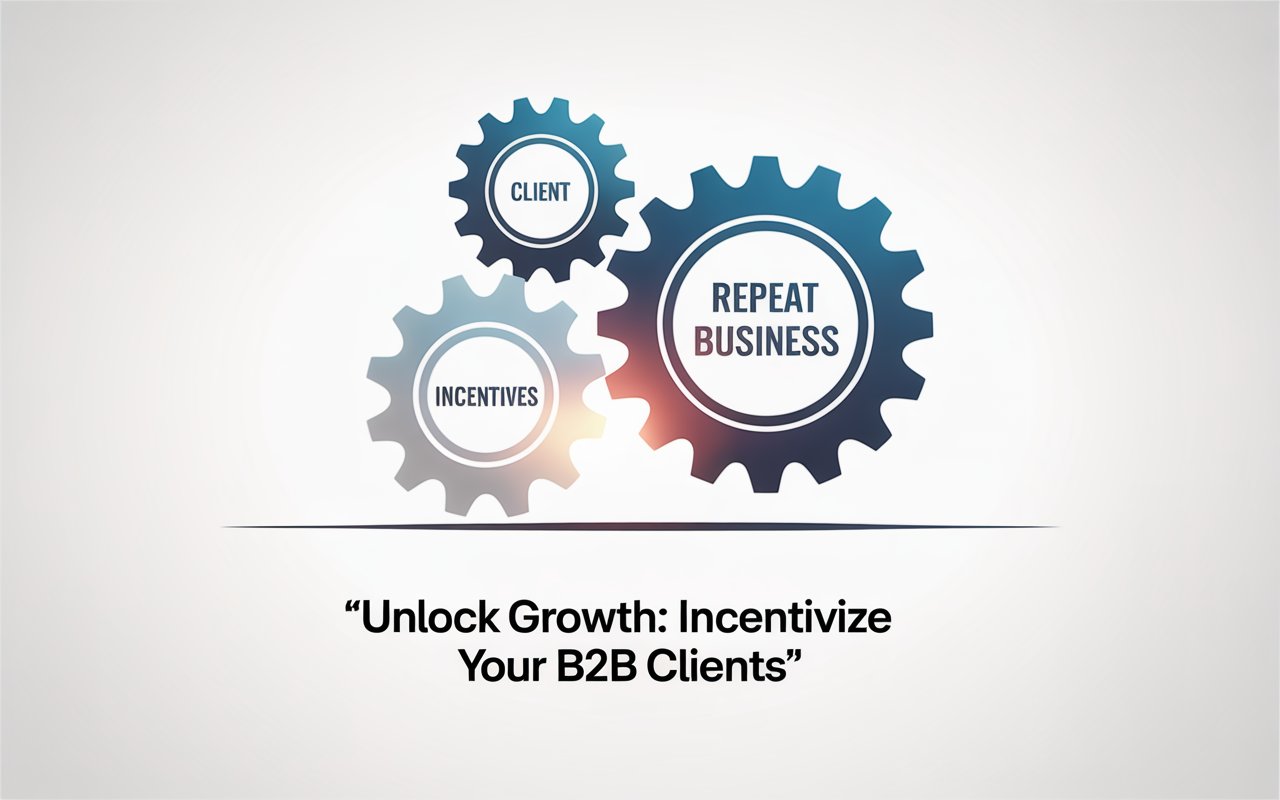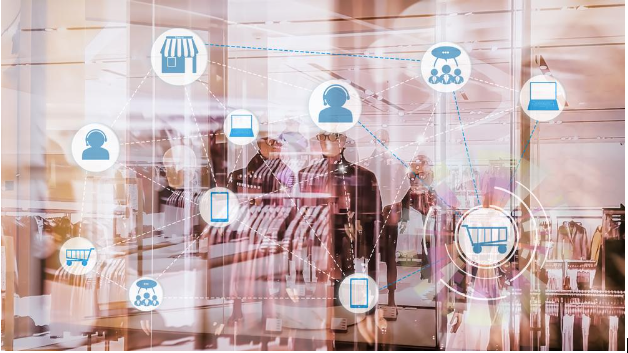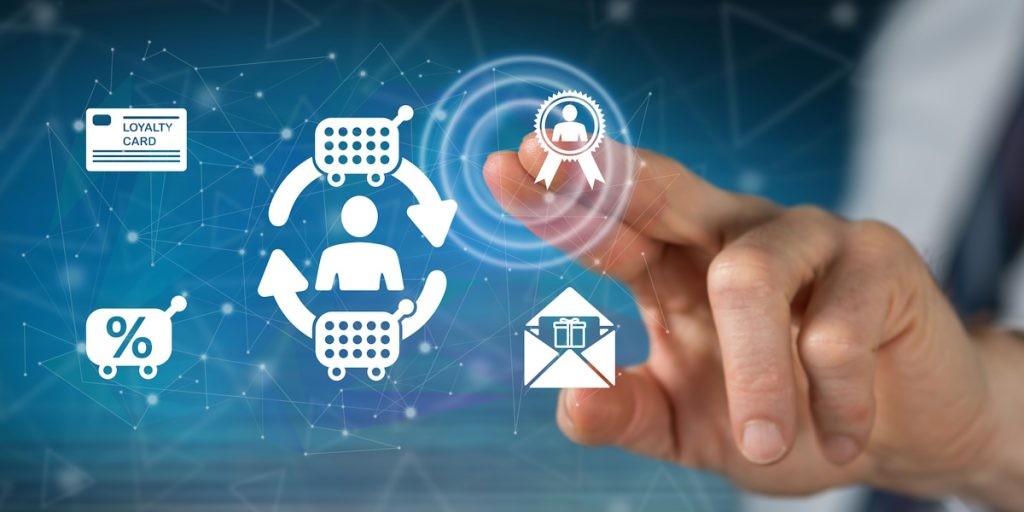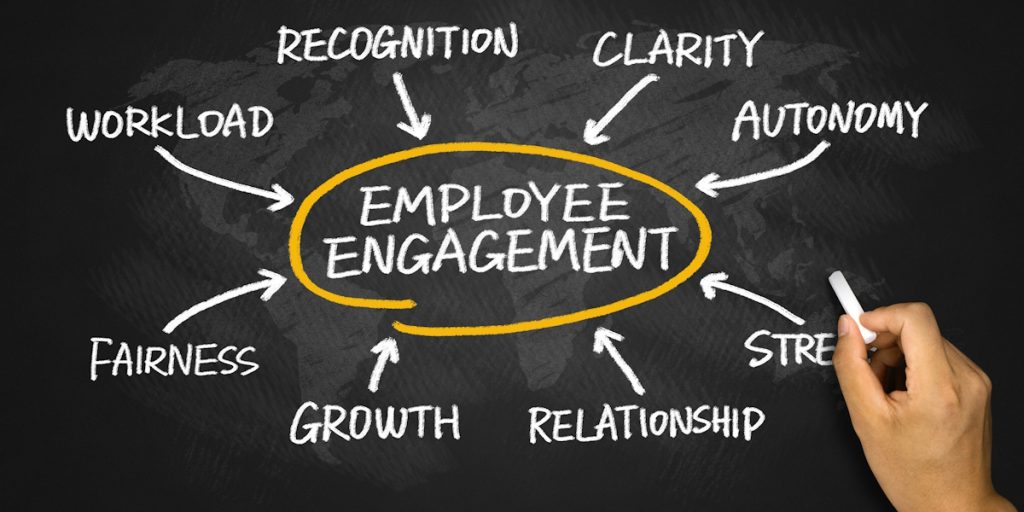Businesses spend significant resources acquiring new clients, but it’s repeat customers who often bring the most consistent value over time. For B2B companies, where purchasing decisions are slower and involve multiple stakeholders, incentives to boost B2B sales play a major role in driving repeat transactions and building long-term partnerships.
Incentives help create positive associations with your brand. When clients feel rewarded, not only for what they purchase but for how often they return, it leads to a deeper level of trust and engagement. Rather than chasing new clients constantly, you create a system that rewards the loyalty of the ones you already have.
Why Incentives Work So Well in B2B
Incentives have long been used in marketing and sales, but their impact in B2B relationships is especially strong. Unlike in B2C, where purchases may be emotionally driven or impulsive, B2B buying decisions are logical, cost-focused, and relationship-oriented. That makes well-designed incentives a powerful motivator in nurturing business loyalty.
The Psychology Behind B2B Incentives
Everyone appreciates being recognized for their choices—business buyers are no different. Incentives trigger the principle of reciprocity: when your company gives something valuable to a client, it often encourages that client to give back through repeat purchases or continued contracts.
In the B2B space, where transactions may be high-value and long-term, this mutual give-and-take builds deeper loyalty. Clients don’t just feel like a number in your system—they feel like valued partners. That emotional tie, supported by strategic benefits, becomes a strong reason for clients to stick with your brand.
Incentives Build Relationships, Not Just Revenues
While one-time purchases help with cash flow, the real success in B2B lies in repeat engagements. Incentives support this by showing ongoing appreciation. Whether you’re offering discounts, special support, or exclusive access, you’re communicating to your clients that their business matters beyond the invoice.
When businesses use repeat business strategies for B2B, they shift from a transactional mindset to a relationship-driven model. And in industries where trust, quality, and consistency are everything, that relationship can be your biggest advantage.
Types of Incentives That Encourage Repeat Business
To build a successful incentive model, it’s important to understand the types of rewards that resonate best with B2B clients. Unlike retail consumers, these clients are looking for value that aligns with their operational needs, cost structures, and long-term planning.
Financial Incentives: Discounts, Rebates, and Bulk Deals
One of the most direct forms of incentive is financial. Offering volume-based discounts, cashback on recurring purchases, or tiered pricing models can encourage larger or more frequent orders. These B2B incentive programs are particularly effective in industries with repeat purchasing cycles, such as manufacturing, wholesale, or professional services.
For example, a company might offer a 5% discount after the third order or rebates for meeting a certain annual spend. These cost-saving benefits not only improve client retention but also drive up the average deal size.
Service-Based Incentives: Added Value Through Experience
Clients often choose vendors based on the support and service that comes along with the product. Offering premium service packages as part of an incentive—such as dedicated support, faster delivery, or consulting sessions—can create strong reasons to stay loyal.
Service-based incentives position your company as a trusted partner rather than just a supplier. This strengthens your brand in the eyes of your clients and encourages them to renew contracts, extend engagements, or refer others to your business.
Exclusive Access and Priority Treatment
Another effective strategy is offering exclusivity. This could include early access to new products, beta testing opportunities, or priority for limited inventory. Such incentives add a sense of privilege, making the client feel part of an inner network.
Clients who feel valued are more likely to continue working with you long-term. These incentives are especially useful when trying to maintain engagement during slower business periods or product transition phases.
Recognition and Non-Monetary Rewards
Recognition-based incentives are often underrated but can be powerful. Sending a personal thank-you note, spotlighting a client’s success on your platforms, or nominating them for a client appreciation program shows care and builds emotional loyalty.
Even though there’s no direct financial value, the gesture itself can enhance the professional relationship. A well-thought-out, public expression of appreciation can often mean more than a small discount.
How to Strategically Implement Incentives in Your B2B Model?
Offering incentives is not just about giving things away—it’s about creating structure and strategy. When implemented thoughtfully, incentive programs deliver long-term results and measurable business growth.
Start by Understanding What Your Clients Want
Every industry—and even every client—is different. Before launching any program, gather input from your client base. Conduct short surveys, hold meetings with account managers, or review past purchase behavior. The more insight you have, the better you can shape your incentive to align with your clients’ expectations.
For example, some clients might value free services over discounts. Others prefer loyalty points they can redeem later. Tailoring your rewards based on real data improves the chances of program success.
Define Clear, Trackable Goals
An incentive program without clear direction can quickly become an expense instead of an investment. Define your core objective—whether it’s to increase purchase frequency, drive contract renewals, grow average deal size, or reduce churn.
Once the goal is set, choose the reward structure that best supports it. Monitor key metrics like repeat order rates, program engagement, and client feedback to see whether the program is achieving the right results.
Keep the Rules Simple and Transparent
Overcomplicating things is a common mistake in incentive marketing. Make sure the eligibility, reward structure, and redemption process are easy to understand. Complexity can confuse and ultimately discourage clients from participating.
Simple programs—such as “Buy three times, get 10% off on your next order”—tend to work better than those with too many tiers or conditions. Clarity builds trust, and trust leads to loyalty.
How to Measure the Effectiveness of Your Incentive Program?
After launching a B2B incentive initiative, it’s essential to measure how well it’s working. Data helps you make informed decisions and adjust strategies when needed.
Key metrics to track include:
- Repeat purchase rate – Are clients returning more often?
- Customer lifetime value – Has the overall spend per client increased?
- Redemption rate – Are clients using the rewards?
- Engagement rate – Are clients aware of and interested in the program?
- Referral impact – Are your current clients bringing in new ones through the incentive?
Using these data points, you can evolve your approach and continue delivering better results over time. You can also identify which types of clients respond best to which rewards, making future campaigns more precise.
Make Incentives a Core Part of Long-Term Retention Strategy
Incentives should not be treated as short-term boosts or marketing gimmicks. They work best when integrated into a long-term client engagement strategy. This includes pairing them with personalized communication, responsive support, and consistent service quality.
It’s not just about giving something away—it’s about showing clients that their loyalty matters. When clients feel appreciated beyond the sale, they’re more likely to stick around, buy again, and refer others.
If you’re looking for a deeper dive into how incentives improve loyalty, check out how B2B customer retention incentives can be a powerful business investment.
Final Thoughts
Client retention is the cornerstone of a strong B2B business. Incentive programs, when done right, create trust, improve satisfaction, and drive repeat business. They are not just perks; they’re proof of the value you place on long-term relationships.
By focusing on what your clients truly need and designing meaningful incentives around that, you not only increase sales—you build loyalty that lasts.
Ready To Turn Your Clients Into Long-Term Partners?




